A trip to Buenos Aires is a meeting with South American atmosphere and countless European-style splendor buildings that make the city unique on the American continent. Buenos Aires was expanded by Parisian example, as Argentina was one of the richest countries in the world, and it is clearly seen in the large and charming city center.
Everywhere there is grand architecture that matches the best of Europe and at the same time creates the city’s very own atmosphere. The central squares, Plaza de Mayo and Plaza Congreso, as well as the stunningly beautiful theater building, Teatro Colon, are fine examples of this. A Calle Florida stroll is also a must, just as tango in San Telmo is also popular.
About 14 million people live in the city and they are called Porteños. They are proud of their city and they clearly appreciate living well, which you as a visitor also enjoy. Buenos Aires is a true paradise for meat eaters, for example, and you can go to a Parisian café in the elegant Tortoni.
The port areas around Puerto Madero, the Recoleta district and the many beautiful parks northwest of the city center are all some beautiful places and facilities, which include some of the many good museums in the Argentine capital. They await your visitor just as the porteños do.
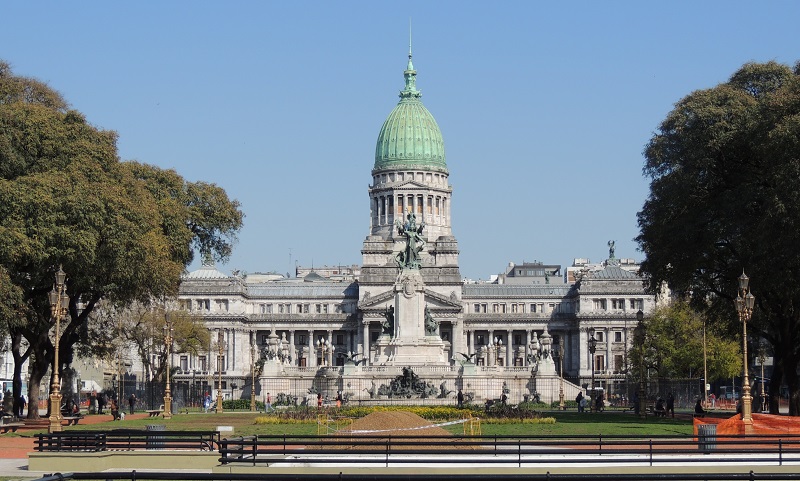
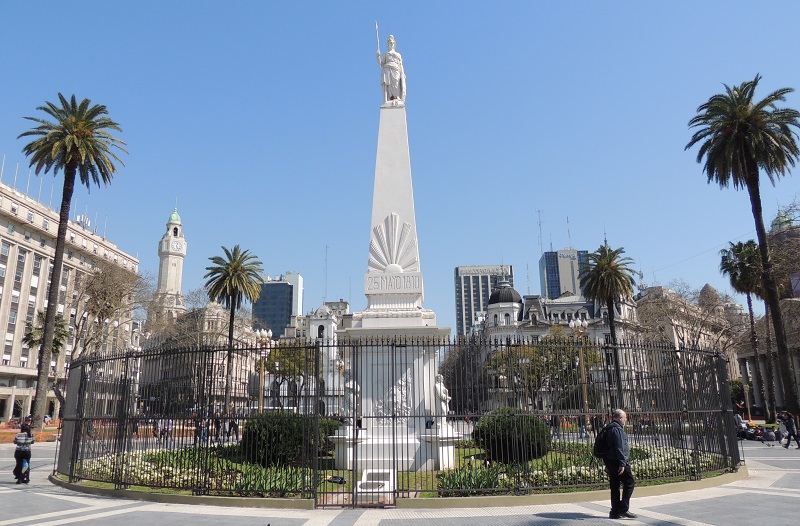
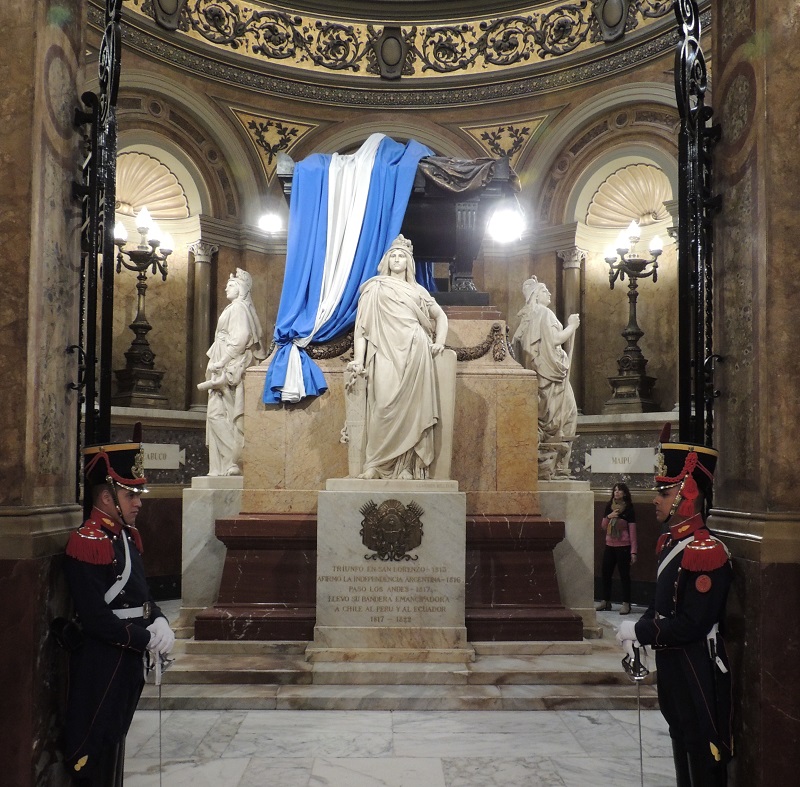
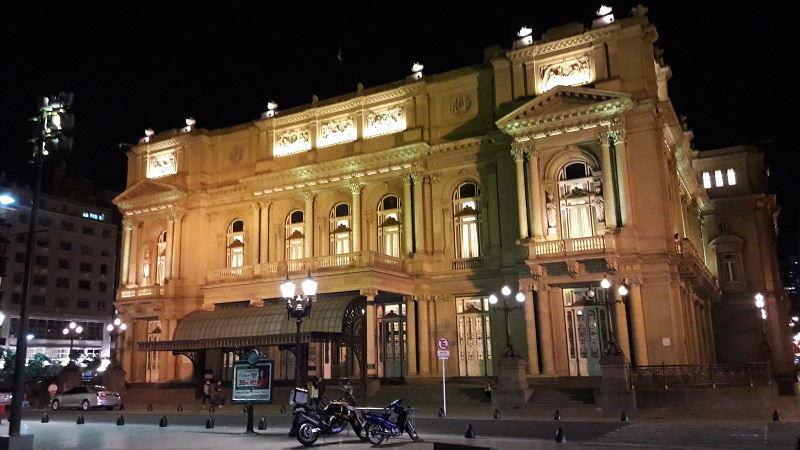
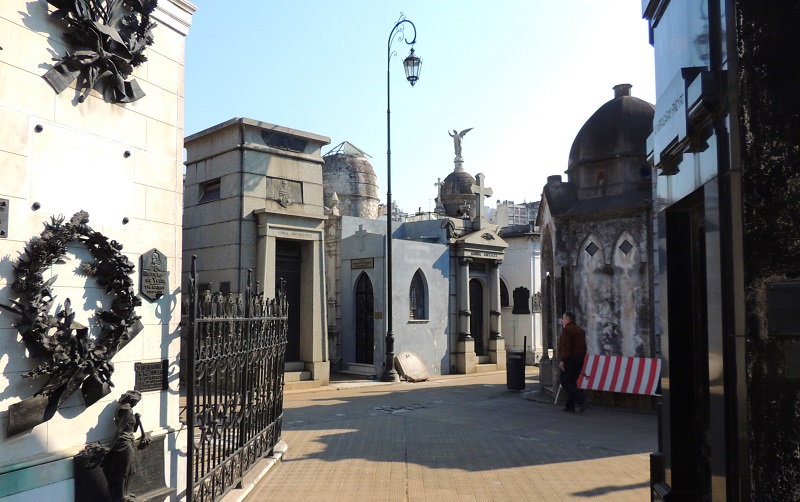
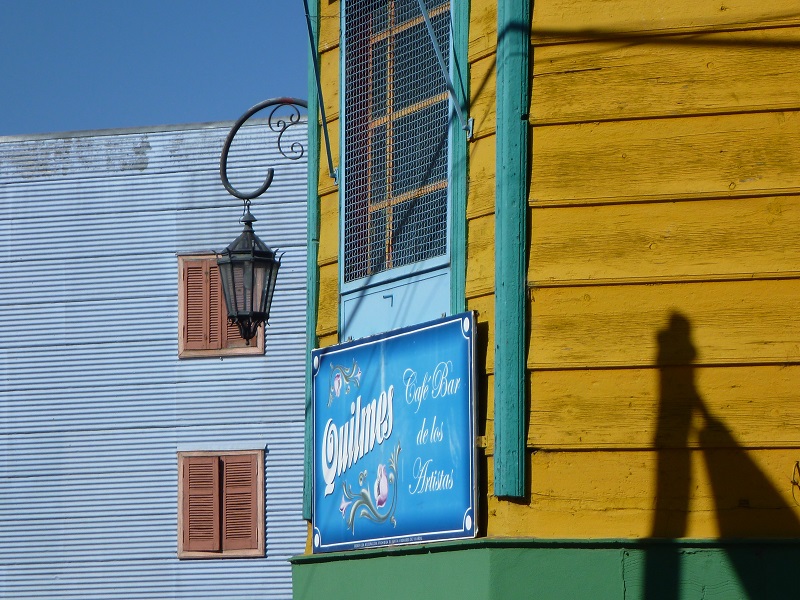
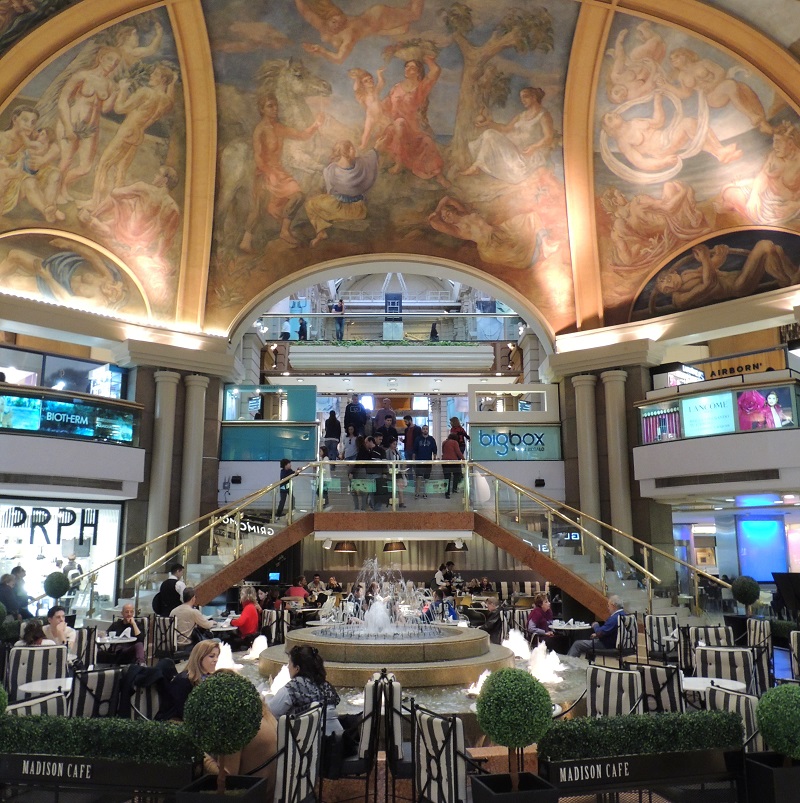
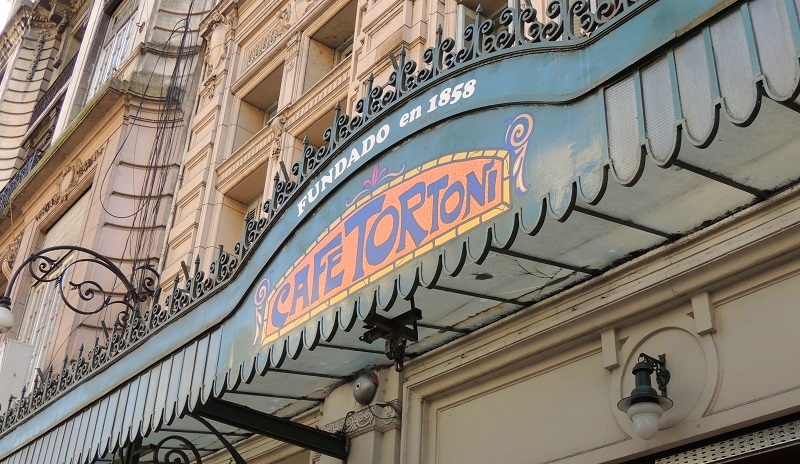
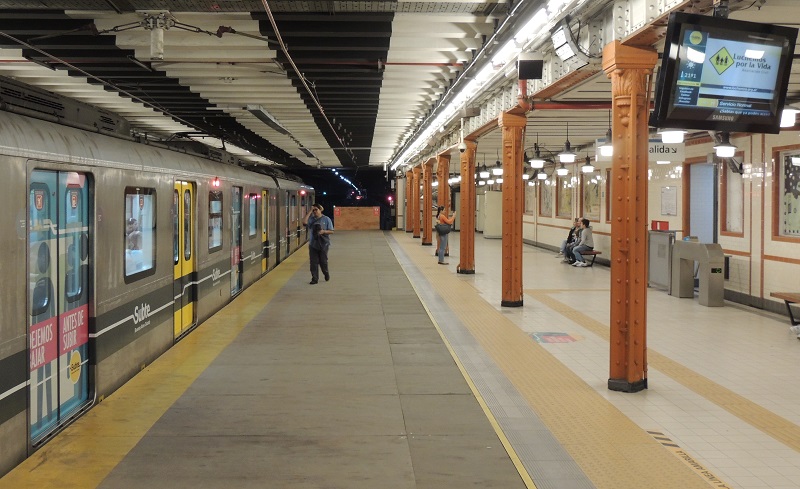
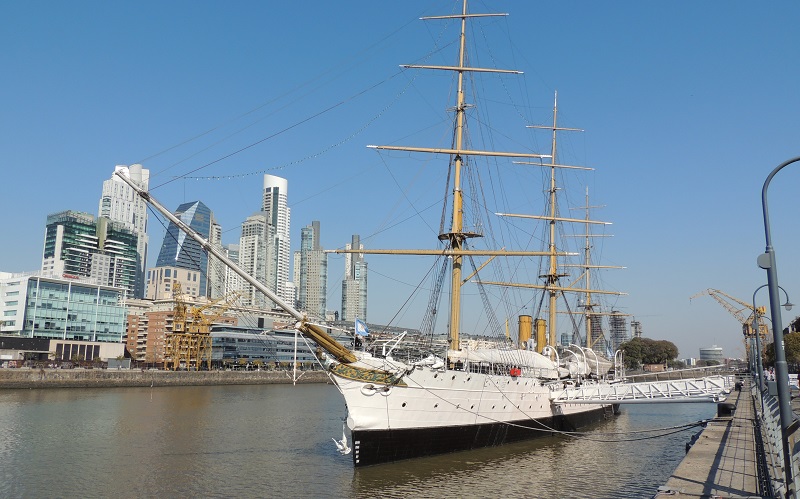
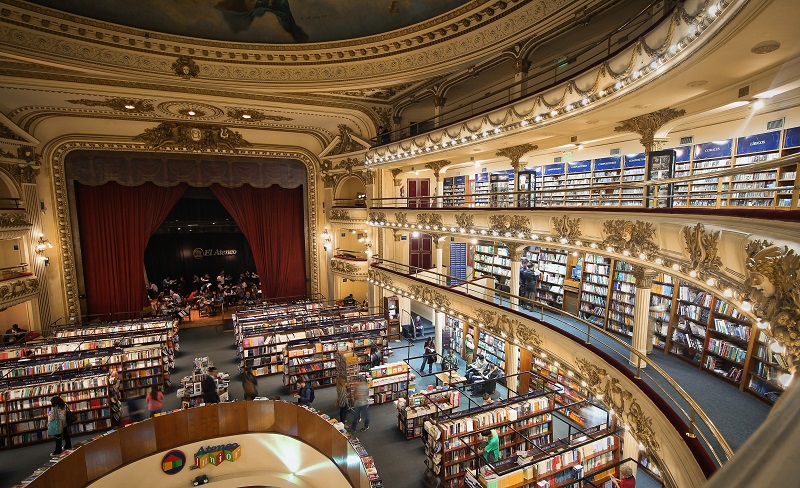
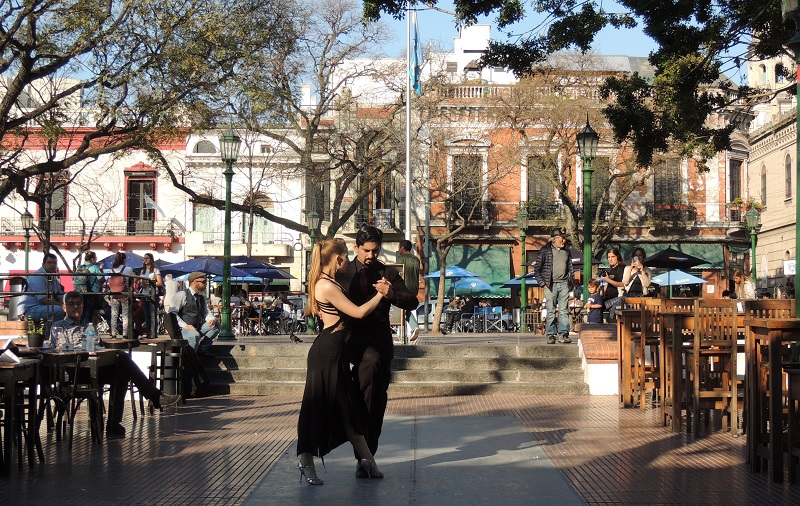
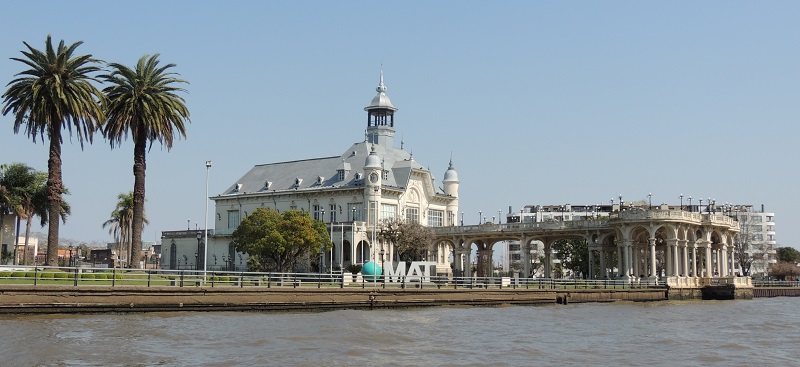

The first expedition
Buenos Aires and Argentina’s history is best known from all years of European discovery and settlement, but there has also been a past history on the region’s fertile plains and coastal areas. Thus, there had been residents for millennia when the first Europeans arrived.
It was Spanish Juan Díaz de Solís who, as the first European, discovered the area by sailing up the Silver River, Río de La Plata, and it happened in 1516. However, Díaz de Solís’ voyage was short-lived, as he and the other sailors are believed to have been killed along the way by local Charrúa Indians in present-day Uruguay.
Santa Maria del Buen Ayre
It was 20 years after Solís’ first sailing on Rio de La Plata, before a Spanish expedition in search of gold in 1536 founded the first city in today’s Buenos Aires. Pedro de Mendoza was the expedition leader, and he named the city of Ciudad de Nuestra Señora Santa Maria del Buen Ayre. The city was located in the current San Telmo neighborhood and thus not far from the modern center of Buenos Aires known today.
Frequent attacks by local Indians, however, forced the settlers of Buen Ayre on the defensive, and in 1542 the inhabitants of the new town abandoned their houses to flee over the sea and to Asunción, a fortified settlement. As a result, the area around Rio de La Plata was again without European colonization.
Juan de Garays city
The time without Europeans lasted until 1580, when a permanent settlement was established on June 11 by Juan de Garay, who sailed from Asunción in current Paraguay along the Paraná River to Rio de La Plata.
Juan de Garay thereby founded the present Buenos Aires; however, he named it Ciudad de Trinidad with the port of Puerto de Santa Maria de los Buenos Aires. In the first decades, the Spanish administration established itself and the Catholic Church also came quickly to Buenos Aires. In 1591 a Dominican monastery was founded in the city, and in 1604 the Franciscan order was established.
16th century Buenos Aires
A number of new institutions were founded in Buenos Aires from the very beginning, and it continued in the 1600s with, among other things, a hospital in 1611. Thus, the importance of the port city increased in the Spanish colonial period in South America, which however was ruled from Peru far away from Rio de La Plata.
In 1620, Buenos Aires became the capital of the province of the same name, and the importance of the city for South American trade was greatly increasing. However, the Spanish colonial administration sought to get all trade from South America to physically pass through Lima, Peru; even though part of the shipment of silver, for example, went through Buenos Aires, which was logistically better on the trade route to Spain and Europe than Lima on the Pacific coast.
In the late 1600s, Buenos Aires was a major city centered around the important port of Rio de La Plata. Many new buildings were added during these years, and one of the most important was the inauguration of the city’s cathedral in 1671.
Rising opposition to Spain
Growth in the late 1600s continued through the 1700s, when Buenos Aires was expanded and more major buildings were added. The town hall, Cabildo, was built in 1711, while several churches, monasteries and hospitals were constructed and opened over the century.
However, the Peruvian trade monopoly as a port of the Spanish Viceroyalty in South America was increasingly a thorn in the eyes of the Buenos Aires traders, who, through the scheme, did not exploit the opportunities they had in the strategically good location at Rio de la Plata. This led to increased opposition to the Spaniards and the Spanish colonial government from the city’s inhabitants. Already at this time the city’s citizens were called Porteños, which means them from the port, which emphasized the importance of the city’s port and thereby the potential for trade.
At the end of the 18th century, the pressure for an easier trade with the outside world was so great that Spanish King Carlos III declared Buenos Aires a free-trade harbor. In addition, the Spaniards created the region around Buenos Aires as the Viceroyalty of Rio de la Plata with the capital of just Buenos Aires. It happened in 1776 and included much of today’s Argentina, Uruguay, Paraguay, Chile and Bolivia.
The new Viceroyalty was created partly to exploit the commercial potential of Buenos Aires and partly to better defend the area against not least England and Portugal’s growing interest in the Spanish territories of South America.
The new status, however, did not create the immediate great progress for the city that was hoped for, and in addition, the reforms came so late that the rebellion against Spanish rule was evident in many places on the continent. The French Revolution was another factor that strengthened the local South Americans’ belief in a successful resistance to the colonial power.
Argentina’s independence
Spain was gradually weakened, and the Napoleonic wars in Europe brought an increasing degree of local autonomy in South America and thereby also in Buenos Aires. In the years 1806-1807, Britain invaded Buenos Aires twice, but local military units both overcame the British. These were events that gave further faith that the colony could stand on its own and defend itself.
In 1810, citizens of Buenos Aires took advantage of the Spanish weakening. They overthrew the Spanish Viceroy, Baltasar Hidalgo de Cisneros, and established an independent provincial government that was not immediately recognized as Argentina’s government. The actions became known as the May Revolution and it was the beginning of independence. The event is celebrated today as National Revolution Day.
With the revolution of 1810, the Spaniards moved the capital of the Viceroyalty to Montevideo, but the revolutions spread to most of Spanish South America, and in 1814 Rio de la Plata ceased to exist as a Spanish colonial kingdom. After 1810, however, Argentina had not become independent, and internal and forces loyal to the viceroyalty also battled each other, but the country’s independence struggle was underway.
In Buenos Aires, the so-called and revolutionary First Junta ruled, which started battles against other parts of the Spanish Viceroyalty. In the Argentine region, for example, there was a great difference between city and country, where conservatism prevailed to a great extent, and for example, it took several years to fight for freedom.
On July 9, 1816, the Tucumán Congress took place in the northern Argentine city of San Miguel de Tucumán. At the congress, the present Argentina, Uruguay and parts of Bolivia declared themselves independent of the Spanish empire. Argentina’s formal independence was assured, and the work of forming an actual state continued with Buenos Aires as its capital.
19th Century Buenos Aires
Buenos Aires was Argentina’s absolute center of trade, politics and population. The city was also the place where the country’s free thinking and liberal thoughts grew, creating a cultural distance to the more conservative population of the rural provinces; it is a difference that continues to prevail today.
Administrative functions was established in the new country, and some institutions were founded in the years and decades after independence. As an example, the University of Buenos Aires was opened in 1821.
With the independence of the country, however, peace was not assured, and from 1838 to 1850 France and Britain sought to strengthen their political positions internationally by repeatedly besieging Buenos Aires. In doing so, Argentina remained an independent nation.
In the latter half of the 19th century, the Argentine catchment area was connected by rail to Buenos Aires, and the transport of raw materials for processing in or shipping from the city created a tremendous growth that made Buenos Aires a metropolis comparable to Europe’s largest.
With the financial success a large-scale cultural expansion also followed in Buenos Aires that would not stand behind the European cities. Great mansions were built and Teatro Colón was built as one of the world’s leading opera houses. The big names in the world often made their way past Buenos Aires, South America’s most successful city.
In 1880, Buenos Aires’ status was changed to a federal territory and Casa Rosada became the seat of the Argentine president. It was a time when the city’s population grew sharply due to a large influx, coming primarily from Italy and Spain.
Continued growth and recession
In the early 1900s, Buenos Aires continued the growth that had begun in the 19th century. The continent’s tallest building was constructed here and the first metro line in South America and the southern hemisphere was built in Buenos Aires. Argentina was not least due to an extremely large meat export among the world’s richest countries, and it could be seen in the capital.
In the 1920s, many European immigrants still came to Argentina, and most of them lived in and around Buenos Aires. Today, the population part of Porteños from European peoples and not from local Indians is much higher than that of other South American metropolitan populations. In the 1930s, many migrants from the Argentine province came to the capital, and population growth began to cause problems.
Immigration created slums as temporary, poor housing opened up around factories in the so-called villas miseria. It was the start of the city’s social problems, which ruled the following decades under changing governments. However, the many new workers also became a political force for Juan Perón and Peronism in Argentina.
Towards the middle of the 1900s, the boom of the previous decades was replaced by the recession that followed the international crisis of 1929 and, following increased competition and consequent declines in exports from Argentina.
Juan Perón
Argentina did not participate in World War II, but there was no standstill on the political front in the 1940s. On June 4, 1943, General Arturo Rawson removed the incumbent President Ramón Castillo by a coup. Juan Perón became Minister of Labor and Welfare, where he quickly gained great popularity from not least the working class.
Perón was forced to resign as minister in 1945 and arrested soon after. In protest, people walked the streets immediately after, October 17, 1945, when the masses demanded that Juan Perón be released. The day enrolled in Argentina’s history as the Loyalty Day / Dia de la lealtad, which is counted as the time when Peronism as a political movement was created.
The following year, Juan Perón became president with over half the Argentine votes. His policy aimed to strengthen the conditions of the country’s workers, who were the political base of Perón.
The president nationalized some industry and sought to accelerate industrial development. Despite Juan and his wife Eva Perón’s high popularity and ambitious reform program, Argentina continued to experience financial problems for some time.
Events in 1955 became another historical chapter in the history of Buenos Aires and Argentina. On June 16, many Argentines demonstrated in support of Juan Perón at the Plaza de Mayo, which the country’s military chose to bomb from the air. During the attack, 364 Argentines were killed. In September of that year, the military dismissed Juan Perón as president.
Demonstrations have been held at Plaza de Mayo ever since 1945 due to social problems or in response to changing governments and governance. After many years in exile, Juan Perón returned to Argentina and was re-elected president in 1973. He died in 1974, when Argentina transitioned to a junta rule.
Buenos Aires Today
During the latter half of the 20th century, a lot of new construction was built in Buenos Aires. The airports Aeroparque and Ministro Pistarini were opened in 1948 and 1949 respectively, and in 1957 the infrastructure was expanded with the Federico Lacroze station. The city’s metro was also continuously expanded from the opening of the first section in 1913.
In 1967, Buenos Aires’ beautiful Japanese garden was built, and the following year, the city’s planetarium opened its doors. Locals and tourists took advantage of the new opportunities, and in 1971 they were also able to make shopping trips along the Florida street, which was established this year as a pedestrian street.
The 1970s were also a time of political tensions expressed in battles between revolutionary leftist and paramilitary right-wing groups. Juan Perón was president a transition from 1973 to his death in 1974, and from 1976 the country was ruled by the military following a new coup.
The country’s and the city’s financial difficulties continued to be a reality, and despite a popular boom with Argentina’s 1978 World Cup at home, it was difficult times for the country.
Military rule came to war with Britain in 1982 when Argentina invaded the Falkland Islands, which under the name of Islas Malvinas has always been considered Argentine in the South American country. The war was lost and it was one of the steps that resulted in a new political regime with democracy in 1983.
In the 1980s, the pope visited Buenos Aires twice. It happened in 1982 and again in 1987, and both times the event gathered some of the largest number of residents in the city’s history. During the same period, Argentina and Buenos Aires experienced a cultural boom that was complemented by a new economic growth that was particularly evident in the 1990s. By this time, the population of the urban area had grown to over ten million.
Argentina and thereby also the capital was hit by an economic crisis in 1998 due to falling agricultural product prices and a US dollar exchange rate mismatch. The economy gradually improved from the year 2003 in particular, and although there were ongoing financial challenges, the city experienced new optimism with buildings and investments that can be seen now, for example, in the revitalized port district of Puerto Madero. At the same time, the population of the urban area of Buenos Aires has risen, and there are about 14 million people living today.
 A trip to Buenos Aires is a meeting with South American atmosphere and countless European-style splendor buildings that make the city unique on the American continent. Buenos Aires was expanded by Parisian example, as Argentina was one of the richest countries in the world, and it is clearly seen in the large and charming city center.
A trip to Buenos Aires is a meeting with South American atmosphere and countless European-style splendor buildings that make the city unique on the American continent. Buenos Aires was expanded by Parisian example, as Argentina was one of the richest countries in the world, and it is clearly seen in the large and charming city center.
Everywhere there is grand architecture that matches the best of Europe and at the same time creates the city’s very own atmosphere. The central squares, Plaza de Mayo and Plaza Congreso, as well as the stunningly beautiful theater building, Teatro Colon, are fine examples of this. A Calle Florida stroll is also a must, just as tango in San Telmo is also popular.
About the upcoming Buenos Aires travel guide
About the travel guide
The Buenos Aires travel guide gives you an overview of the sights and activities of the Argentinian city. Read about top sights and other sights, and get a tour guide with tour suggestions and detailed descriptions of all the city’s most important churches, monuments, mansions, museums, etc.
Buenos Aires is waiting for you, and at vamados.com you can also find cheap flights and great deals on hotels for your trip. You just select your travel dates and then you get flight and accommodation suggestions in and around the city.
Read more about Buenos Aires and Argentina
Buy the travel guide
Click the “Add to Cart” button to purchase the travel guide. After that you will come to the payment, where you enter the purchase and payment information. Upon payment of the travel guide, you will immediately receive a receipt with a link to download your purchase. You can download the travel guide immediately or use the download link in the email later.
Use the travel guide
When you buy the travel guide to Buenos Aires you get the book online so you can have it on your phone, tablet or computer – and of course you can choose to print it. Use the maps and tour suggestions and you will have a good and content-rich journey.
Rio de La Plata • Porteños • Teatro Colón • Plaza de Mayo
 A trip to Buenos Aires is a meeting with South American atmosphere and countless European-style splendor buildings that make the city unique on the American continent. Buenos Aires was expanded by Parisian example, as Argentina was one of the richest countries in the world, and it is clearly seen in the large and charming city center.
A trip to Buenos Aires is a meeting with South American atmosphere and countless European-style splendor buildings that make the city unique on the American continent. Buenos Aires was expanded by Parisian example, as Argentina was one of the richest countries in the world, and it is clearly seen in the large and charming city center.
Everywhere there is grand architecture that matches the best of Europe and at the same time creates the city’s very own atmosphere. The central squares, Plaza de Mayo and Plaza Congreso, as well as the stunningly beautiful theater building, Teatro Colon, are fine examples of this. A Calle Florida stroll is also a must, just as tango in San Telmo is also popular.
About the upcoming Buenos Aires travel guide
About the travel guide
The Buenos Aires travel guide gives you an overview of the sights and activities of the Argentinian city. Read about top sights and other sights, and get a tour guide with tour suggestions and detailed descriptions of all the city’s most important churches, monuments, mansions, museums, etc.
Buenos Aires is waiting for you, and at vamados.com you can also find cheap flights and great deals on hotels for your trip. You just select your travel dates and then you get flight and accommodation suggestions in and around the city.
Read more about Buenos Aires and Argentina
Buy the travel guide
Click the “Add to Cart” button to purchase the travel guide. After that you will come to the payment, where you enter the purchase and payment information. Upon payment of the travel guide, you will immediately receive a receipt with a link to download your purchase. You can download the travel guide immediately or use the download link in the email later.
Use the travel guide
When you buy the travel guide to Buenos Aires you get the book online so you can have it on your phone, tablet or computer – and of course you can choose to print it. Use the maps and tour suggestions and you will have a good and content-rich journey.






Similar to Buenos Aires Travel Guide
There are no listings matching your search.
Reset